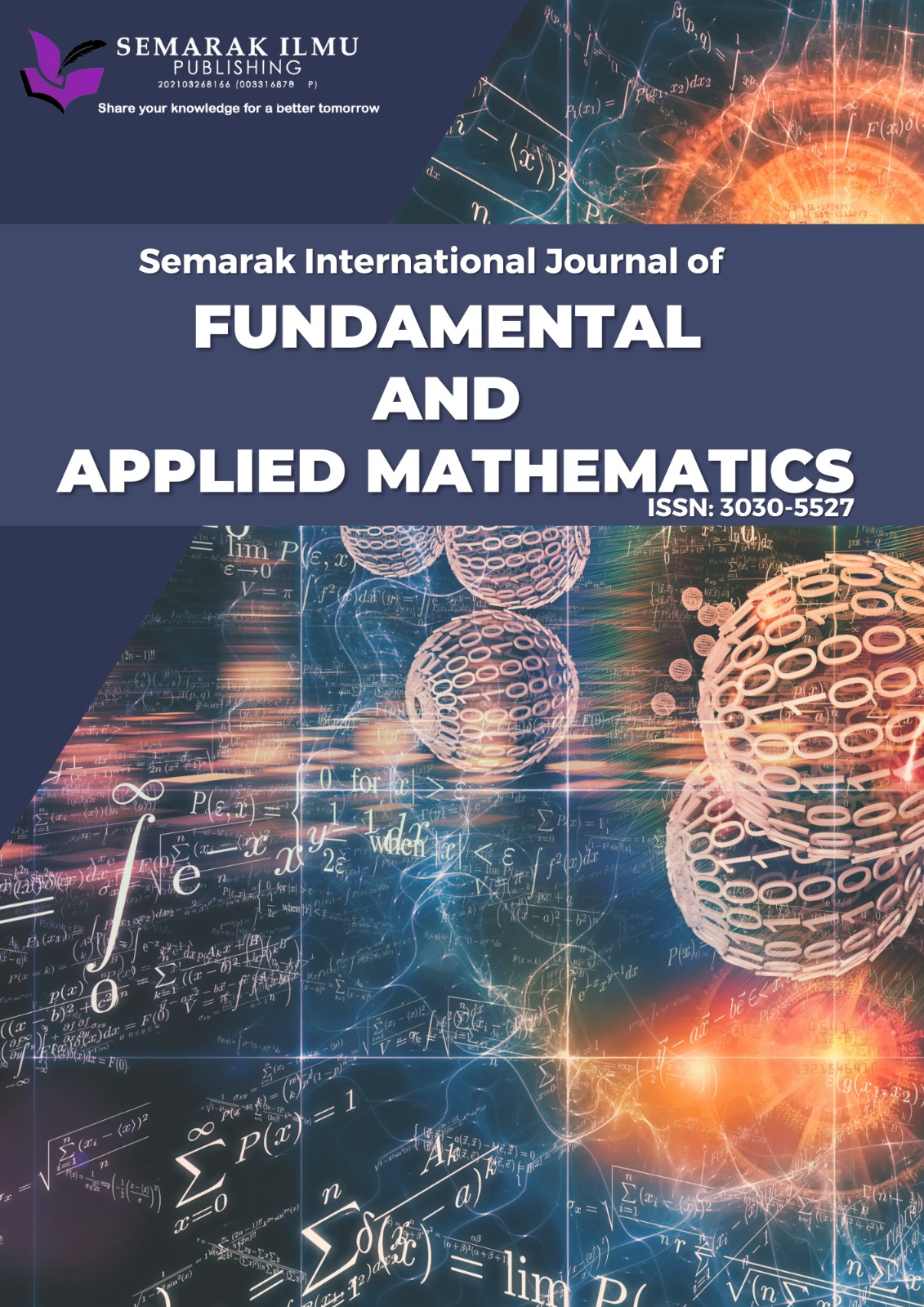Jeffrey Fluid Flow over a Stretching Sheet with Microrotation Effect under Convective Boundary Condition
DOI:
https://doi.org/10.37934/sijfam.5.1.3543Keywords:
Jeffrey micropolar fluid, convective boundary conditionAbstract
This paper investigates the flow and heat transfer of Jeffrey micropolar fluid across a stretching sheet with the effect of convective boundary conditions. The governing boundary layer equation in the form of partial differential equations are transformed into ordinary differential equations and solved numerically using RKF45 approach by Maple Software. The effects of Prandtl number, Deborah number, velocity slip, material parameter, Biot number, concentration of microelement and stretching parameter on the velocity, microrotation and temperature profiles as well as skin friction coefficients and the local Nusselt number are presented and discussed. There is excellent agreement between the current and previously published data. The results revealed that as Pr increases, the boundary layer becomes thinner and reduces the temperature. The effect of Deborah number are increased the relaxation time and velocity while increasing the velocity slip parameter k, concentration of microelements, stretching stretch parameter and Biot number increases the heat transfer coefficient which improves the fluid's temperature as well as the thickness of its thermal boundary layer. It has been discovered that increasing material parameter K causes a decrease in fluid velocity while for microrotation profiles K gradually increases until one maximum value and then gradually decreases until it is asymptotically zero.
Downloads














